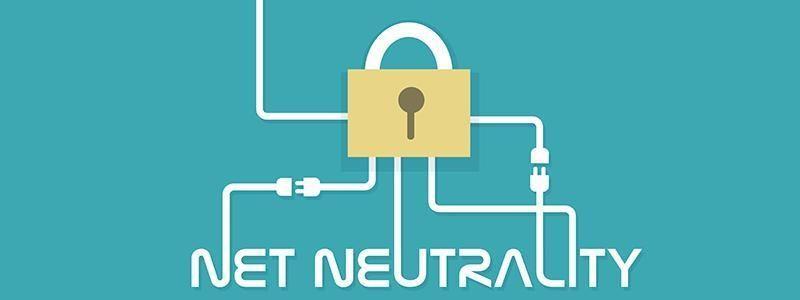FCC Details Its Net Neutrality Rules In 400-Page Document

The Federal Communications Commission (FCC) officially released a 400 page PDF that states in detail the new and more rigid rules and regulations it has formulated for broadband services.
Last month, the FCC had voted 3-2 to approve the new set of rules, but until now, the new rules themselves have not been made public yet. What FCC Chairman Tom Wheeler did was divulge selected details through a fact sheet, via press briefings, and even through an appearance at the recent Mobile World Congress held in Barcelona, Spain.
Now that the rules and regulations have now been released, the public can finally see for themselves how broadband has been re-classified as a Title II type telecommunications service under the 1934 Communications Act. By reclassifying broadband, the FCC can regulate Internet service providers using the rules originally put in place for the old telephone network. A a Title II service, broadband is now considered a "common carrier," which means that it is a service that is open to everyone. The reclassification allows the FCC to have better control in policing the wireless industry.
The 400 page PDF is by no means a short read. But for those who want to fully acquaint themselves with net neutrality, it is definitely a must read. And while the full document is more than 400 pages, the actual text of the new rules actually consists of 305 words. Essentially, the new rules prohibit broadband service providers from blocking or slowing traffic on both wired and wireless networks. The rules also restrict providers from offering paid services that grant priority, allowing providers to charge content companies (e.g. Netflix) specific fees to gain access to faster Internet connections when network congestion occurs.
While some circles (and numerous celebrities and luminaries) applauded the FCC's move to create more rigid regulations, Internet service providers like Verizon Wireless and Comcast were less enthusiastic about the agency's ruling on net neutrality. As a matter of fact, Verizon and Comcast are likely to take legal action in order to block the order. According to them, reclassifying broadband under Title II provides the FCC with authority to set prices and impose tariffs that could mean higher rates for end users. Also, they think that the FCC's move could hinder innovation at the same time, discouraging providers from enhancing existing broadband networks and setting up new ones.
Wheeler, of course, disagrees with this notion. Furthermore, the FCC Chairman insists that this time around, they are tailoring the new rules to the 21st century, wherein telecoms requirements have dramatically compared to turn-of-the-century telephone requirements.
Related Blog Articles
- Cable-Free HBO to Debut in April
- YouTube Now Allowing Users To Upload 360 Degree Videos
- Pinterest Raises $367 Million In Latest Round Of Financing
- Is Apple Planning To Launch Its Own Subscription TV Service This Year?
- Order Your Coffee Via The Starbucks Mobile App And Postmates Will Have It Delivered To You
- Cablevision and HBO Now agree to online partnership
- You Can Now Get Android Auto In Your Car With Your Android Phone And Compatible Pioneer Head Units
- Comcast vs. Charter
- Apple Is Planning To Unveil A New Apple TV Device Later This Year
- Do Smartphones Help Cause Stress Among Kids?
Related Blog Posts
- Report: AT&T facilities are used for NSA surveillance program
- Tips for achieving a smartphone detox this summer (or at least for a few days)
- Instagram hits 1 billion users; launches new IGTV video uploading service
- Facebook introduces game shows platform, with live interactive vids
- California Democrats combine two separate net neutrality bills


 Menu
Menu